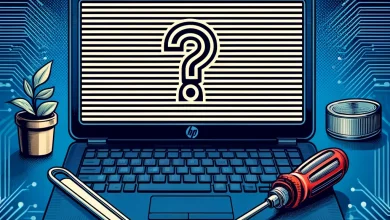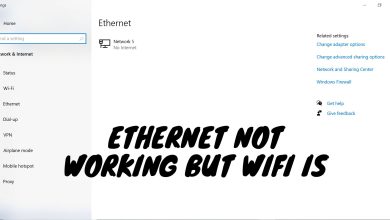Recovery Options and Alternatives for a Lost BitLocker Recovery Key
BitLocker is an encryption technology for the Windows operating system. It encrypts your hard drive to prevent unauthorized access. When certain security parameters are triggered, it requests the BitLocker Recovery key to allow access to the drive.
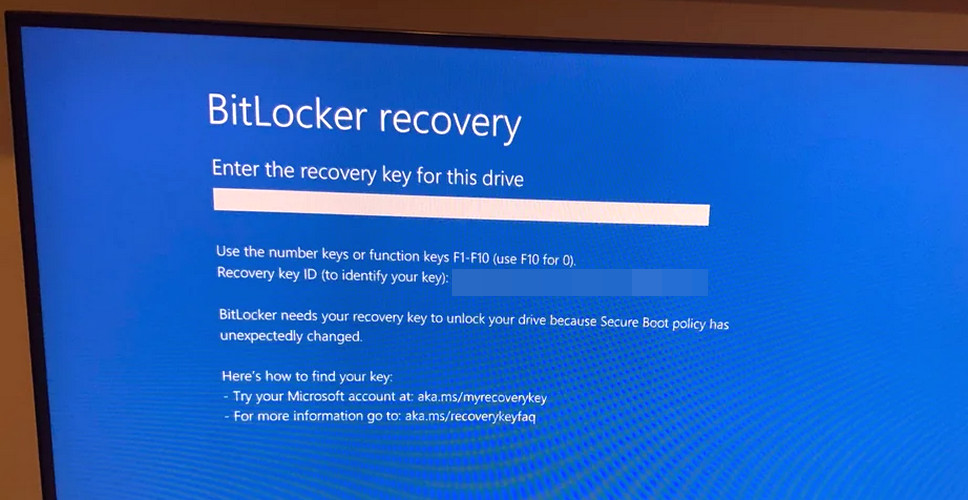
The BitLocker recovery key prompt can be triggered for several reasons:
- Powered Off: Extended periods of the system being powered off (e.g., over a month).
- Update: A Windows Update to the PC, particularly those affecting Secure Boot or TPM.
- Azure AD: Rejoining the PC to Azure AD.
- Switching SSDs: Moving an SSD to a different system.
- Motherboard: Replacing the PC’s motherboard.
When BitLocker requests a recovery key, you normally enter the key to unlock it. However, things become complicated if you lose the key or if it was never shared with you.
1. Understanding the Mechanism
If the BitLocker encryption could be bypassed, it would defeat its purpose. Encryption doesn’t function like a regular lock that can be bypassed or opened by alternative means. It changes the fundamental binary data representation, making it accessible only with its specific key. Moreover, it is mathematically infeasible for an individual to recreate the lost key.
Nevertheless, the following methods may help you retrieve access.
2. Check Printouts
It’s common for people to print out their BitLocker recovery key. Before proceeding, review your printouts to confirm whether the key exists in a physical format.
3. Restart the System
As a simple initial step, perform a hard restart of the system. This might revert the encryption service or Secure Boot to their prior states and resolves the issue.
- Power off the system and then power it back on.
- Restart the system several times (4 to 5 times) and observe if the issue persists.
- Should this fail, when at the BitLocker Recovery screen, press and hold the power button to force the system to shut down, then turn it back on and assess the result.
- Unplug the power cable if the issue continues, leave it disconnected overnight, and then power on the system after reattaching the power cord the following day.

Unplug the PC’s Power Cable
4. Disconnect Recently Connected Additional Hard Drives
Additional hard drives connected to your system might cause a BitLocker Recovery prompt if they are encrypted by BitLocker on a different system. Removing the recently connected drives could resolve the issue.
- Power off the system and disconnect the power cable.
- Detach any newly installed hard drives and then reconnect the power cable to boot up the PC.
- If there’s no improvement, try using a new SATA cable to connect the main hard disk and see if this resolves the issue.
- Should the problem drive have originated from another system, try reinstalling it in the original system and check the results.

5. Check the Microsoft Account
Upon encrypting a hard drive with BitLocker, the recovery key is often saved to your Microsoft account. If you cannot find it in your primary account, it could be linked to a different one.
5.1. Check Your Microsoft Accounts
- Open a web browser and visit the Microsoft account page using your phone or a different computer.
- Sign in with your primary account credentials.
- Go to Manage Devices, locate your locked device, and expand the options.
- Select View BitLocker Keys, then choose Show Recovery Key to retrieve it.

View the BitLocker Recovery Key in the Microsoft Account - Unlock the affected system or device using the recovery key.
- If you do not find the key in your primary account, explore other Microsoft accounts you may have used.
- Additionally, check your work accounts, especially if you previously used an Office 365 account with the system. An active subscription might be required to access such an account.
- Persist with the issue by reviewing different Microsoft account options to determine the correct one.
Account Page of the Microsoft Website My Account Page of the Microsoft Website My Sign-ins Page of the Microsoft Website Azure Account of the Microsoft Website
5.2. Check Another Person’s Microsoft Account
If you still can’t find the key in your primary Microsoft account, it could be in the account of another individual who might have set up the system originally or previously owned it.
That person could be a family member, colleague, or others, particularly those using a service other than Microsoft as an alias for their account. For instance, if someone used their Gmail as an alias for the Microsoft account, locate the BitLocker Recovery key within that account.
6. Check OneDrive or Other Cloud Services
As cloud storage is popular for keeping personal data, you may have saved the key in the cloud. Scanning these services might help you recover the key.
- Open the OneDrive website in a web browser.
- Sign in and search for the BitLocker Recovery key within.
- If it’s not in OneDrive, examine other cloud storage services like Google Drive or Dropbox to find the key.
7. Check USB Drives for a BitLocker Recovery Key
When BitLocker locks a drive, the recovery key might be saved on a USB flash drive aside from being attached to your Microsoft account. Checking all your USB drives could help you find the key.
- Gather all USB drives you’ve used, including borrowed ones, and plug one into a different computer to search for the key. Repeat this with each drive.
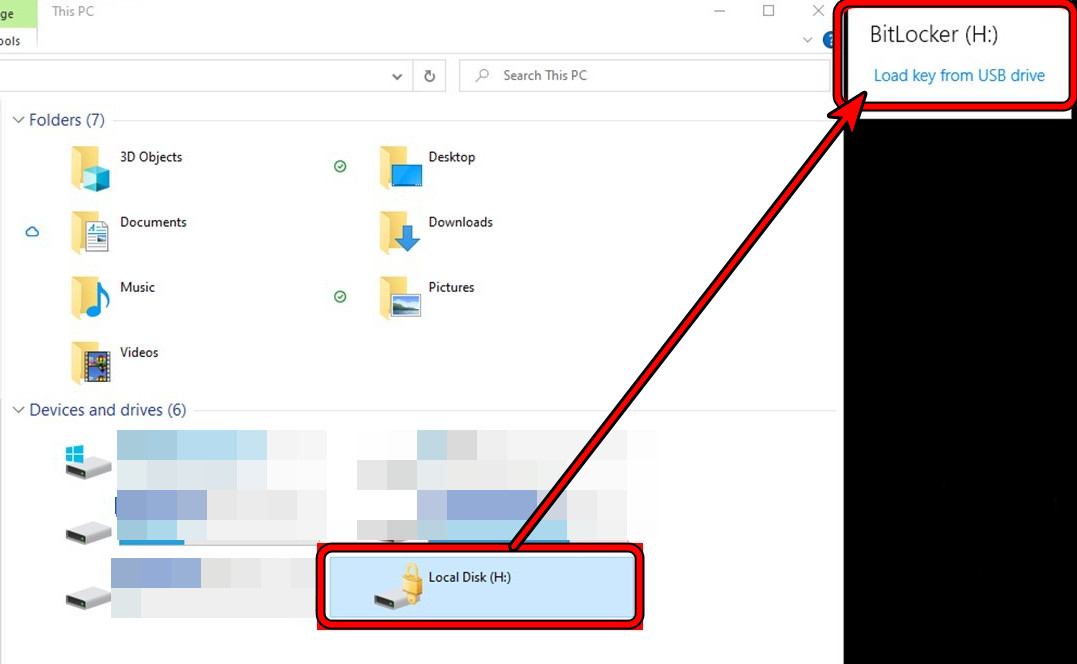
Load the BitLocker Recovery Key from the USB Drive
8. Check Azure Active Directory
If your device is connected to Azure Active Directory, you might find the BitLocker Recovery key in the Azure portal.
- Go to the Azure portal, select Azure Active Directory > Devices > All Devices.
- Identify the device in question, select BitLocker Keys, then click Show Recovery Keys to retrieve the key.

Recover the BitLocker Key from the Azure Active Directory - If unsuccessful, reach out to your organization’s IT department to inquire if they have the key.
9. Check System Backups
The BitLocker Recovery key might also be stored in one of your system backups, from which it can potentially be retrieved.
Alternatively, consider restoring the system to an earlier backup using system restore, provided the TPM has not been altered or reset.
10. Reset the BIOS to Factory Defaults
If changes to BIOS settings triggered BitLocker’s security mechanisms, resetting your BIOS to factory defaults might resolve the issue.
- Boot into the BIOS and press the F5 key or the appropriate key for your PC brand to reset the BIOS. Consult the user manual or your OEM’s website for specific instructions.
- Confirm the reset, then exit the BIOS, saving the changes.
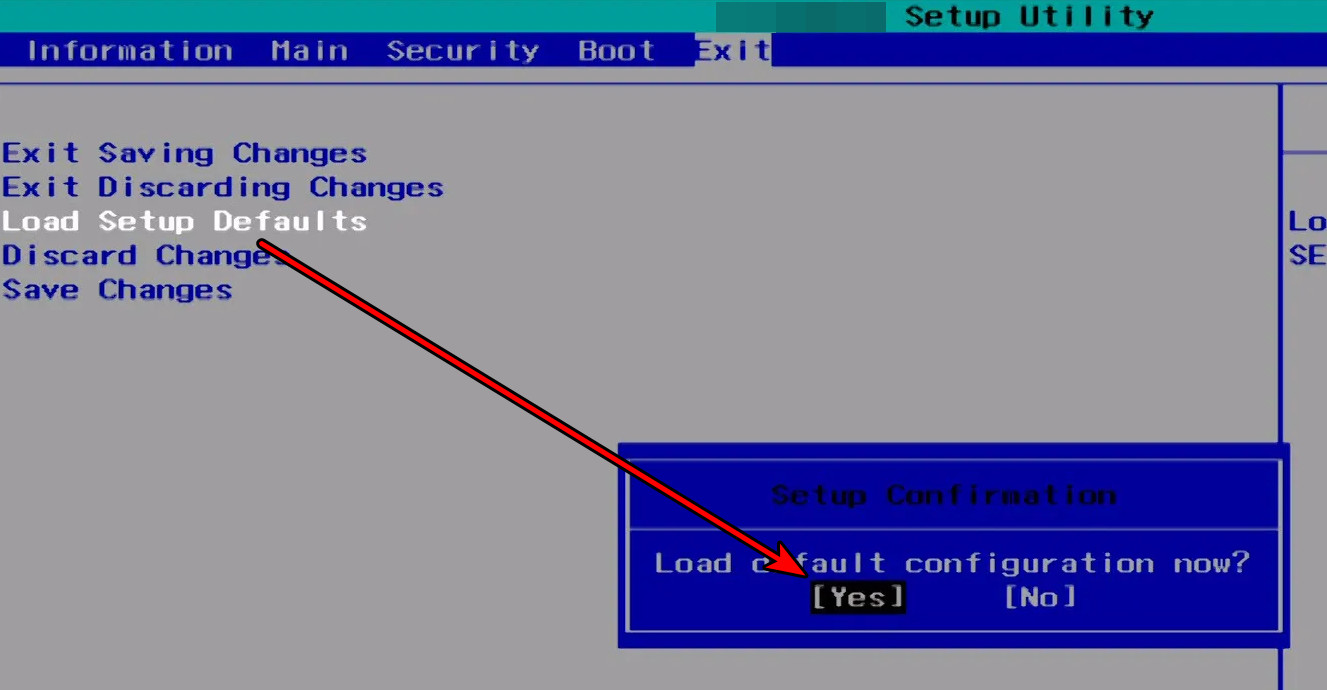
Reset the System’s BIOS to the Factory Defaults
11. Use Diskpart or Create a Bootable USB
If all else fails, the data may be irrecoverable and you can only reclaim the drive space through formatting. If the drive houses the OS, create a bootable USB drive with Windows and perform a clean OS installation. Note that the ‘Reset this PC’ option won’t function when BitLocker is awaiting a recovery key.
For non-OS drives, consider using Diskpart commands to format the drive.
Lastly, beware of scammers claiming the ability to recover BitLocker-secured drives. For further assistance, contact Microsoft Support.
12. Avoid Future Recurrence
To prevent future instances, consider the following best practices:
- Before transferring a new or used system, make sure BitLocker is disabled unless specifically needed.
- If BitLocker is enabled, ensure that the recovery key is accessible across various locations, such as USB drives, a Microsoft account, printed copies, cloud storage, and password managers.
- Regularly back up critical data you intend to encrypt.
- For Azure-integrated systems, activate a Group Policy Object (GPO) to mandate storing the recovery key in Active Directory. You can also utilize MDOP for centralized management.


